|
My blog posts revolve around my interests and vocation as a historian: the intersection of history and contemporary church life, the intersection of history and contemporary politics, serendipitous discoveries in archives or on research trips, publications and research projects, upcoming conferences, and speaking engagements.
I sometimes blog for two other organizations, the Canadian Baptist Historical Society and the Centre for Post-Christendom Studies. The views expressed in these blogs represent the views of the authors, and not necessarily those of any organizations with which they are associated. |
|
My second (2 of 3) recent serendipitous discovery was a reference to the training of deaconesses for Black Canadian Methodists (British Methodist Episcopal). In my Women in Christian History course I spend time dealing with the functions of the Order of Deaconesses in the early church, noting how it slowly disappeared in the early medieval period due in large measure to the surging monastic movement (a movement quickly embraced by women). In my current research project, I was looking for information on Methodist attitudes to the Great War. As I did so I stumbled across a reference to the training of deaconesses (see above image). I was surprised to see the position of deaconesses here in the Black Methodist movement in Canada, and I now have a number of questions:
Images from Internet Archive: https://archive.org/details/doctrineanddisci00brituoft/page/n3/mode/2up A quick bit of research provides an example of one woman who was a deaconess, one who eventually became an ordained minister in the British Methodist Episcopal Church (BME). In 1951, the deaconesses Addie Aylestock became “the first ordained women minister of the BME and the first Black Canadian women minister in Canada.”[1]
That, by the way, is an example of the joy of serendipity. I had never before heard of Rev. Addie Aylestock, but a chance glance at a Methodist document led to a wonderful new discovery. [1] https://www.thecanadianencyclopedia.ca/en/article/addie-aylestock
0 Comments
Leave a Reply. |
Archives
May 2024
|
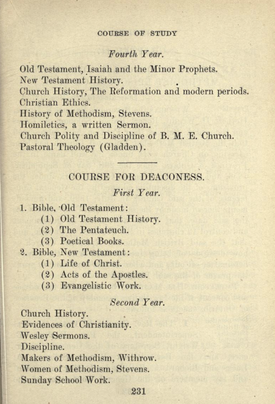
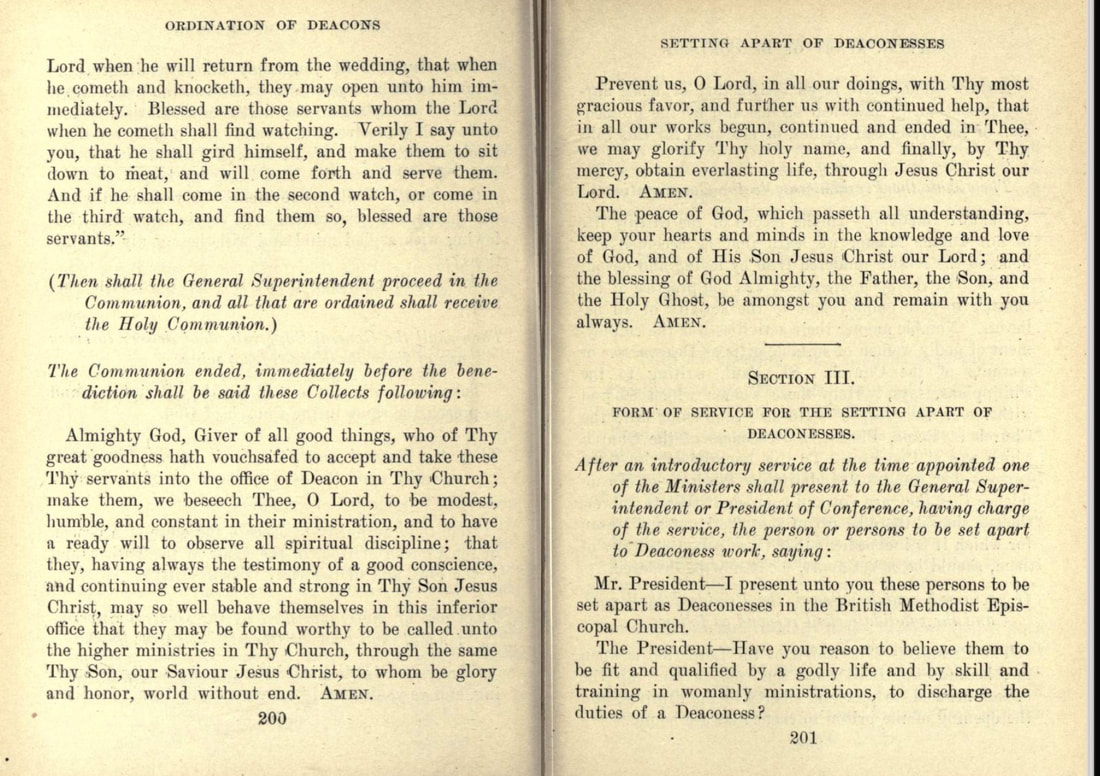
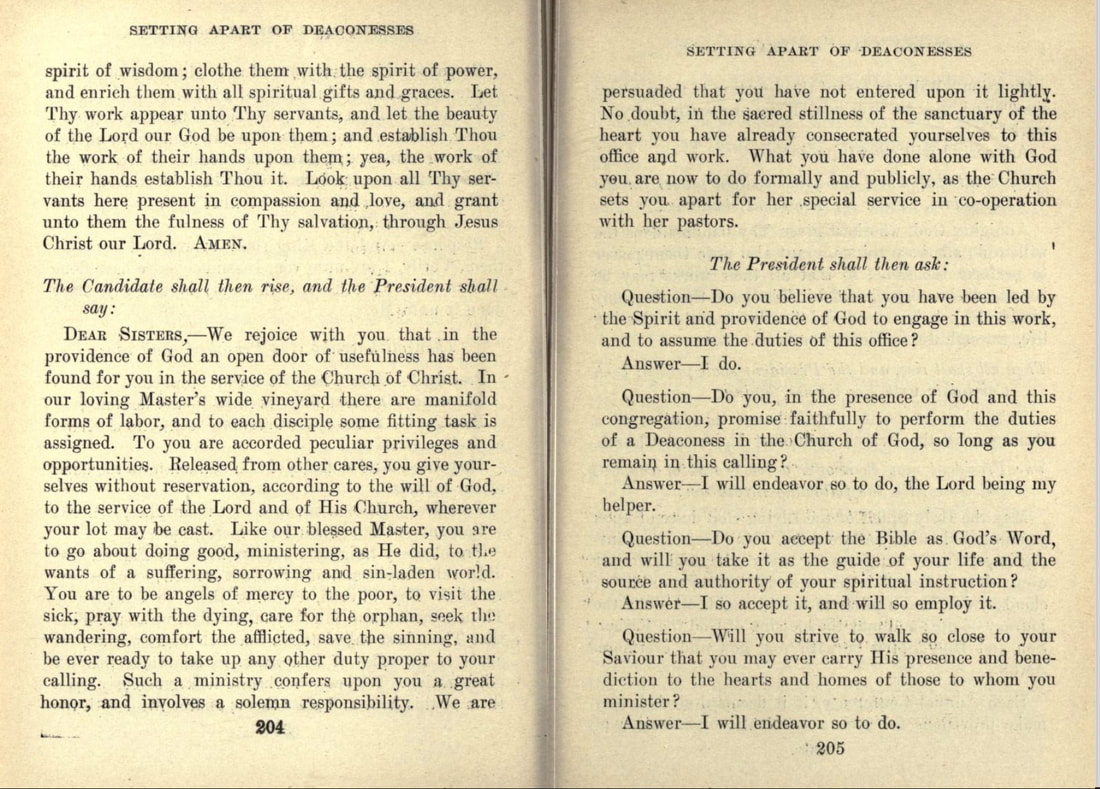
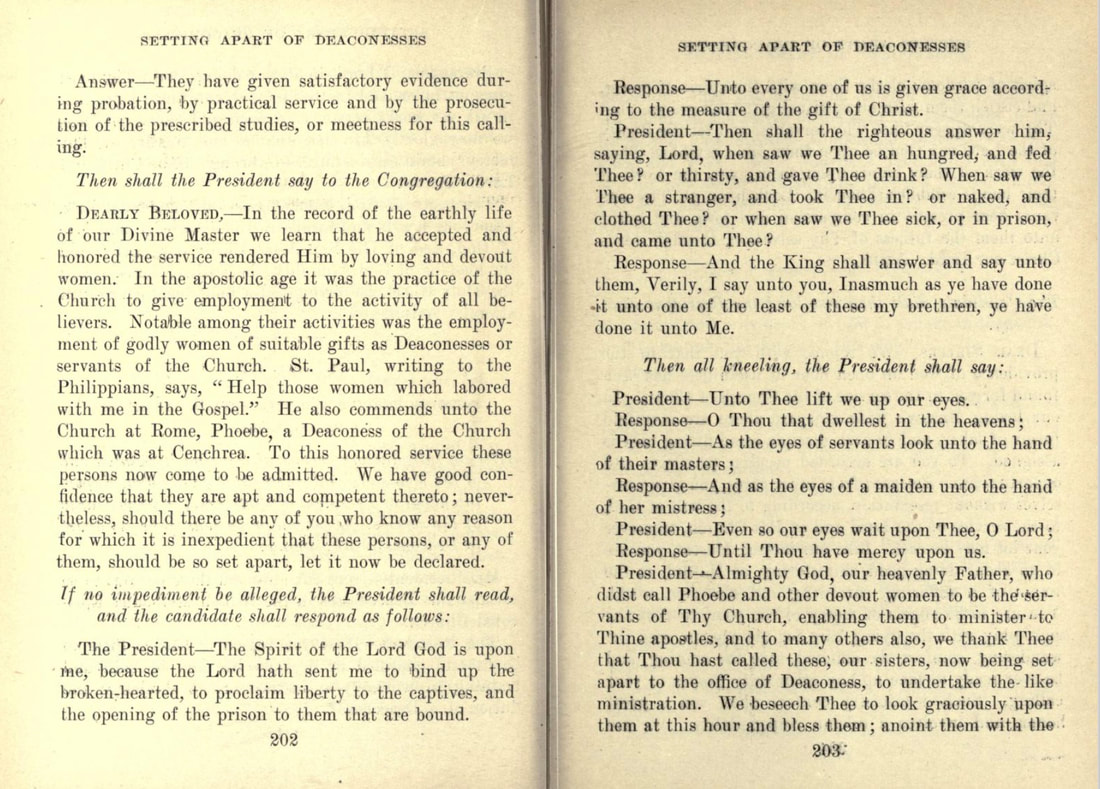
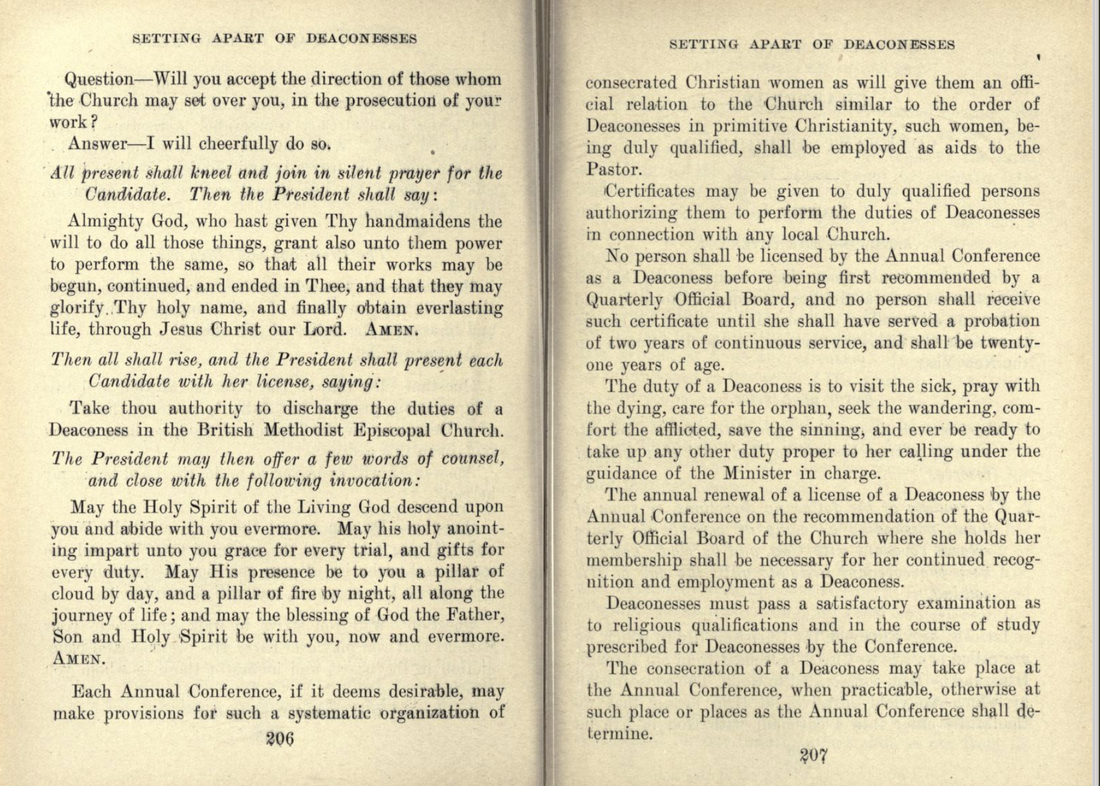
 RSS Feed
RSS Feed
